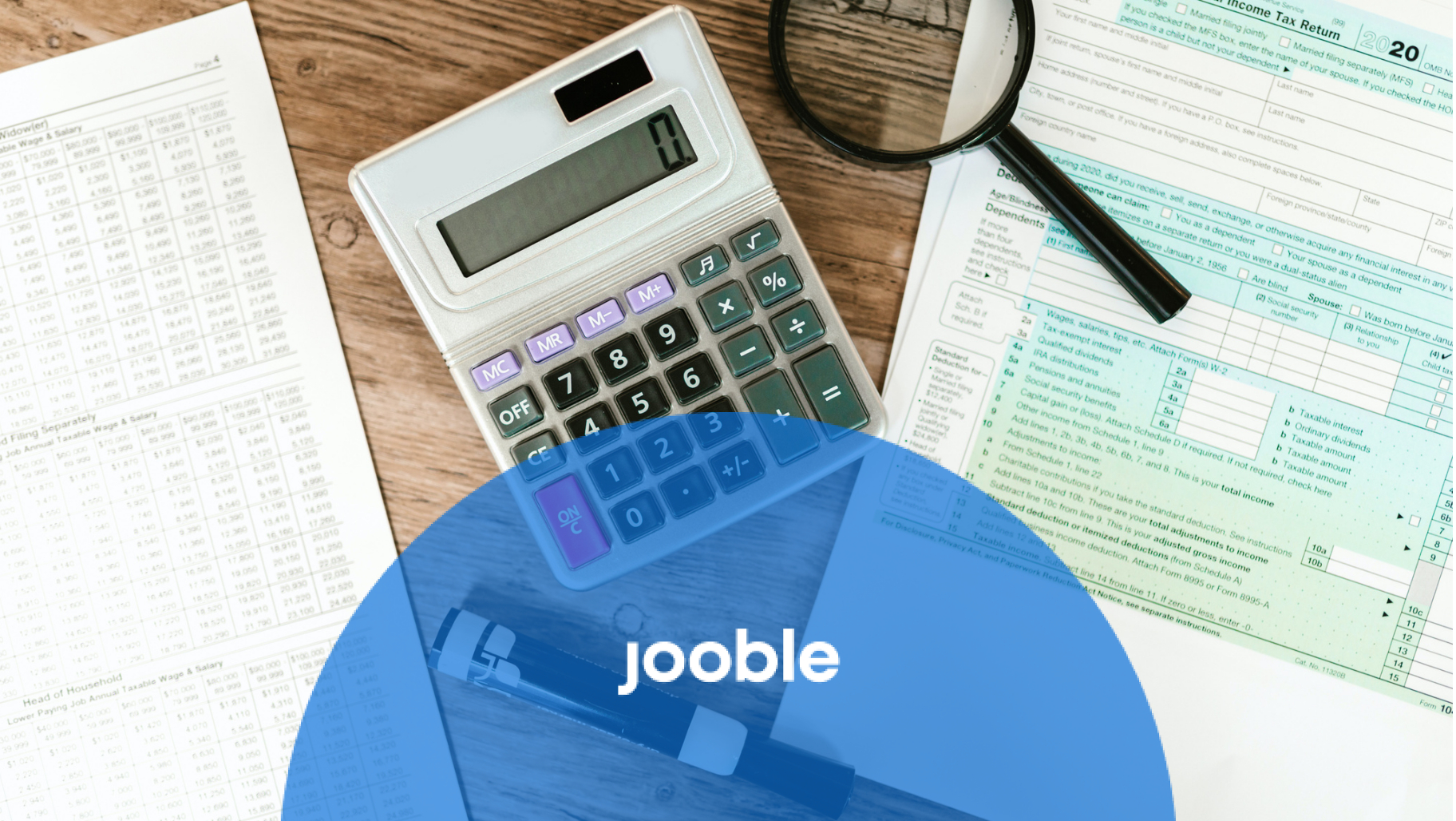If you want to pursue a career in accounting, gaining the AAT qualification may be your jumping-off point. In our article, we’ve collected the most important and relevant information about the AAT accounting qualification. With its help, you’ll better understand what AAT qualifications are and what role they can play in shaping your future in accounting and finance.
Table of Contents
The abbreviation AAT stands for the Association of Accounting Technicians. It’s the leading professional body to offer accountancy and finance qualifications in the UK. The courses they offer aim to develop a set of accounting and finance skills required for building a successful career in the field. They comprise three levels:
There are several reasons that may help you decide in favour of obtaining the AAT qualification:
Now, let’s have a closer look at what opportunities each of the three levels offers.
Being equivalent to the GCSE (the General Certificate of Secondary Education) level of study, the foundation level is a great option for those with zero experience in the field. It lasts from 6 to 12 months and covers the basic principles of accountancy, including how to utilise accounting software. Having completed the course, students are ready to land entry-level roles, such as trainee accounting technician or accounts assistant.
Advanced Diploma or the Level 3 qualification is equivalent to the A level. It will make sense for those with some field experience and aim at mid-level roles. The course covers more complex accounting processes, such as value-added tax (VAT), management accounting techniques, and ethical practices. The potential roles with this qualification include assistant accountant, credit controller, or accounts payable clerk.
Professional Diploma or the Level 4 qualification is equivalent to an HNC (Higher National Certificates) qualification and opens doors for an AAT Fellow Membership. The course explains complex accountancy practices (drafting financial statements or managing budgets) and prepares students for landing senior roles. With the Level 4 qualification, one can become a Chartered Accountant and set up an accounting business.
We’ve collected the key details about the course to help our readers get a more comprehensive picture of what the AAT study process looks like.
Considering our high-paced life, UK training providers offer a wide range of learning options, including offline classes, live online sessions, or a mixture of both (a blended learning approach), full-time, part-time, or even on-demand sessions that allow you to study when you have time for it.
To achieve the qualification, a student is expected to complete all the mandatory unit and synoptic assessments, optional units assessments, and take the final exam. Then, AAT gives students an overall course grade: distinction, merit, or pass. Students who fail to achieve the Grades don’t receive the certificate.
The overall grading system looks like this:
Students are offered three ways of marking:
AAT Membership is a wonderful solution for those dreaming big and wanting to achieve real career heights in accounting. The opportunity comprises three levels:
The primary membership benefit is worldwide recognition of your expertise and professionalism in accounting and finance. However, there are some more:
AAT has a mandatory CPD (Continuous Professional Development) policy that requires all the members to reflect upon their professional training and development needs. The policy is to ensure that all AAT bookkeeping members (AATQB), full members (MAAT), fellow members (FMAAT), and affiliate members remain competent in the work they do. Members who hold a licence must undertake appropriate CPD to maintain their licence too.
We’ve also prepared a brief comparison of the AAT qualifications with other popular accounting qualifications.
The AAT qualification is considered to be an introductory qualification for school leavers with zero knowledge in accounting or career switchers. ACCA is a professional accounting qualification. School leavers can also start directly from school provided they already have the appropriate qualifications in accounting. These two qualifications don’t compete with each other. They have different entry requirements.
Similar to ACCA, CIMA implies more complex studies than AAT. CIMA comprises 7 assessment levels and provides opportunities to become a fully qualified management accountant. CIMA is more complex as it provides more profound knowledge on the topics covered in AAT. CIMA also aims to develop soft skills such as negotiation, leadership or project management.
Enrolling on the AAT course doesn’t require much: just being at least 16 years old, your desire, and the right training provider. There are several options to choose from. However, the most important requirement is being approved in the UK. The best way to do it is to go to the AAT official website and fill out the quiz that contains the method of study (online or offline), location, and the qualification you want to pursue. You’ll get a list of approved providers to choose from. Just contact them and find out all the necessary information about your future course. Voila! You’ve made the first step towards your bright future in accounting and finance!
